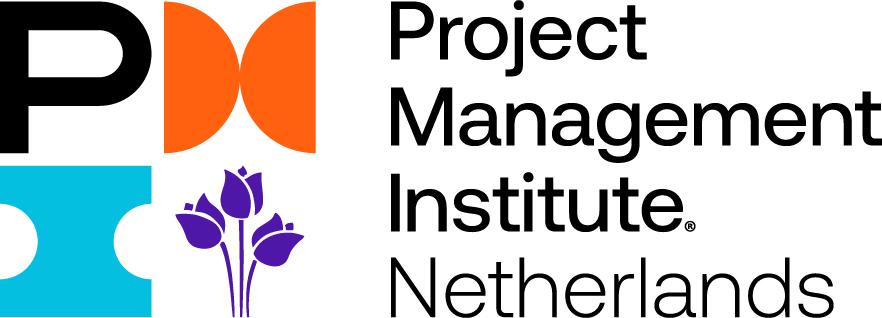May 01 2024 at 10:57AM
PM Skill Builder: Lessons in Conflict Management
Change is the only constant in life, and this holds true even in the professional world. After over two decades of experience, making a job change is no small feat, but convinced of my adaptability, I decided to take the leap. In a bold step toward my personal and professional evolution, I decided to take the leap.
I embarked on a journey, bringing my expertise and knowledge accumulated over the years in diverse functions to a new and dynamic environment. Challenges included adapting to new team dynamics and learning to see conflict in a positive light.
As a lifelong learner, I did not stop after the first mandatory negotiation skills training I received. I jumped on the opportunity to attend a training covering different team conflict approaches. Once you gain an understanding and awareness of these approaches, you can apply them to improve your conflict management.
The Thomas-Kilmann Conflict Mode Instrument (TKI) is a timeless framework for navigating the complex terrain of interpersonal disputes. Developed in 1974 by Kenneth W. Thomas and Ralph H. Kilmann, the TKI model is founded on two critical dimensions: assertiveness and cooperativeness.
The model delineates five distinct strategies for conflict resolution: competing, collaborating, compromising, avoiding, and accommodating. Each strategy represents a unique combination of assertiveness and cooperativeness, offering a tailored approach to various conflict scenarios.
Cooperativeness has always been my strong suit, and in the past, I have tended to choose my battles, resulting in Accommodating being my go-to conflict resolution strategy. This is partly due to cultural preference and Mexican upbringing, wherein the typical work culture, a remarkably high value is placed on personal connections and relationships, the collective goals of the project are readily put above individual goals, and teamwork is highly valued, creating a supportive work environment.
After moving to the Netherlands, where assertiveness is highly valued, I became a natural mediator, sometimes balancing the scales to find a mutually acceptable solution that partially satisfies everyone, hence Compromising.
Competing, characterized by high assertiveness and low cooperativeness, is valued in my current company due to its effectiveness when quick, decisive action is needed, and the stakes are high, which is undoubtedly the case when looking to make significant breakthroughs and establish market dominance.
That being said, I certainly feel that Collaborating is the hallmark of a win-win resolution, integrating high levels of both assertiveness and cooperativeness. Striking a balance between competition and cooperation is key to sustainable success.
Lastly, Avoiding is marked by low assertiveness and cooperativeness, a strategy that may be prudent when the conflict is trivial or when more information is needed before confronting the issue.
The TKI model's beauty lies in its flexibility and adaptability. No single mode is superior; the effectiveness of each depends on the context and the desired outcome of the conflict situation.
In the months since I have participated in these trainings, I have been able to better asses my natural conflict-handling styles and develop a more strategic approach to conflict management.
Understanding and applying conflict resolution techniques, such as the Thomas-Kilmann model, can help ensure that conflicts are resolved in a manner that promotes learning, growth, and organizational harmony.
Creating an adaptive environment is crucial for project management success. It involves fostering a culture where conflict resolution and problem-solving skills are enhanced, and effective teamwork is promoted across all levels of the organization. This approach helps manage complex projects efficiently and contributes to a more collaborative and innovative organizational culture. Emphasizing these skills can lead to successful project outcomes and a resilient, agile organization ready to face future challenges.



